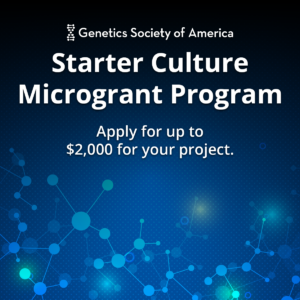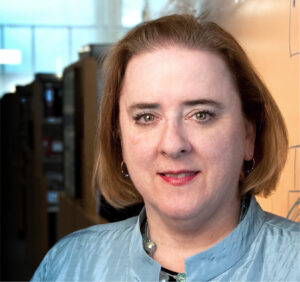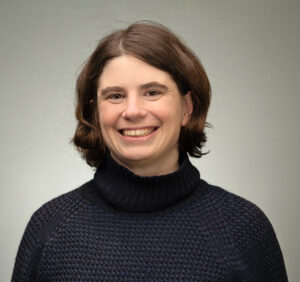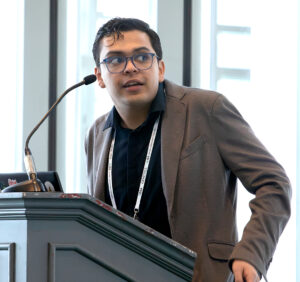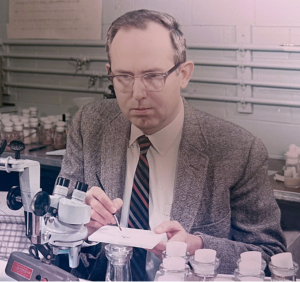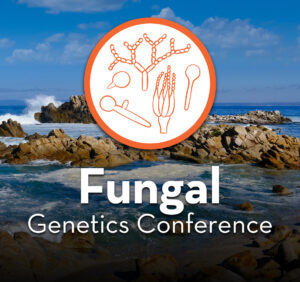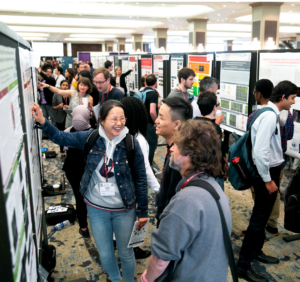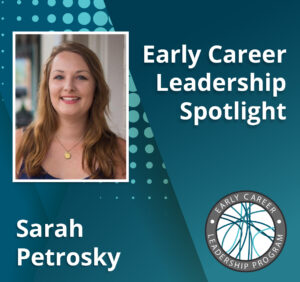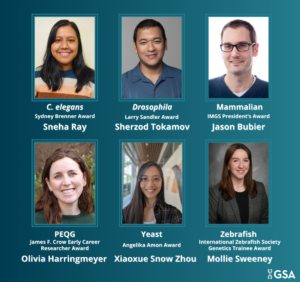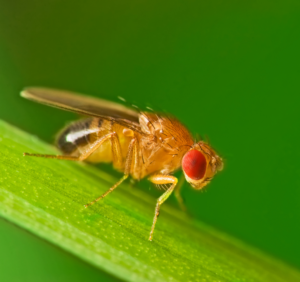STEM-related activities in early education tend to increase interest in future STEM careers among underrepresented populations, leading to innovation and the continuation of future generations of scientists. In a recent study published in the January issue of G3: Genes|Genomes|Genetics, Yeager et al. developed a geographical sampling activity introducing middle school students to genetics research.
The scientists incorporated a STEM education component in their research to assess the geographical distribution of naturally-occurring strains of Saccharomyces cerevisiae, the yeast species that humans have used for centuries to make bread, wine, and beer. Since the previous sampling efforts by others found the same alleles of the HO gene among isolates from all over the world, the researchers initially focused on this gene. Along the way, they incorporated strains of two other yeast species, Saccharomyces paradoxus and Kluyveromyces lactis, and determined their geographical distribution in North America.
The researchers involved middle school students, PhD researchers, and early education university students to carry out a hands-on science outreach activity offering science learning and mentoring opportunities, while developing pedagogical tools and evaluation assessments.
PhD and university students instructed middle school students to collect bark samples from oak trees in Denver, Colorado. Additionally, the middle school students received regular lectures on microbiome, metabolism, traits, and heredity that matched with hands-on activities and the state school life science learning standards. The students learned the concept of species identification by sequencing specific regions in the genome that are sufficiently conserved between species. They then learned how to use the NCBI BLAST and performed a BLAST alignment to identify the species of their bark samples.
Graduate students used the bark samples to isolate and grow yeast cultures in the laboratory for sequencing and visualization. Using these samples, the researchers performed basic yeast species identification and HO sequence determination for Saccharomyces cerevisiae isolates. They found that the S. cerevisiae isolates from oak trunks all carried the same HO allele, representing a much narrower range of diversity compared to a location of similar size in Israel. Indeed, genomic comparisons between yeast isolates from other North American regions reveal little genetic variation among S. cerevisiae residing in North American oaks, and little mixing between North American oak populations and other natural populations on the same continent.
Yeager et al. also reported genotypic and phenotypic characterization of a natural isolate of the “dairy yeast” Kluyveromyces lactis isolated from the same Denver park, and a heat-tolerant isolate of Saccharomyces paradoxus isolated from a Texas oak forest using a similar method, expanding the utility of the course to different species.
This pilot project offers an excellent template for age-appropriate hands-on science education activities that introduce young students to critical concepts in genetics and computational biology. Moreover, such simple outreach activities can become comprehensive research endeavors to uncover biological insights into species diversity, domestication, and evolution.
References
-
Randi Yeager, Lydia R. Heasley, Nolan Baker, Vatsal Shrivastava, Julie Woodman, Michael A. McMurray
G3: Genes|Genomes|Genetics. January 2025. 15(1).
DOI: 10.1093/g3journal/jkae270







